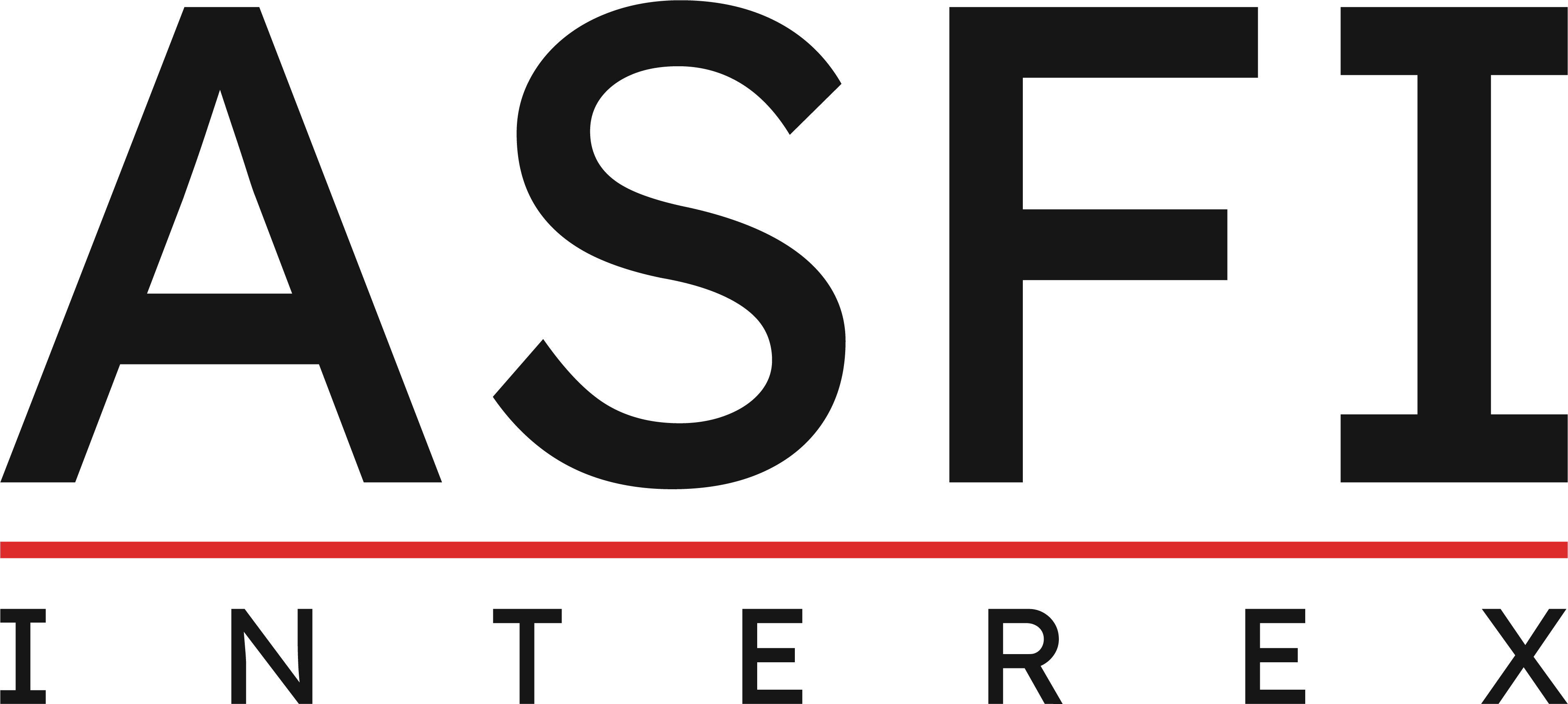Unlike public blockchains the place anybody can be part of, personal blockchains function as unique networks. This controlled surroundings is commonly achieved by way of a process called whitelisting, the place specific people or organizations are vetted and granted permission to entry the network. A consortium blockchain is a kind of blockchain the place a number of organizations or entities come collectively to kind Decentralized autonomous organization a network, and every participant has a task in verifying and recording transactions on the network.
Public Vs Non-public Blockchain Examples

It is a distributed ledger that operates as a closed database secured with cryptographic concepts public vs private blockchain and the group’s security measures. Only those with permission can run a full node, make transactions, or validate/authenticate the blockchain modifications. Public blockchains operate in a decentralized manner, which means no single entity or authority has control over the community.
What Are The Pros Of Utilizing Public Blockchains?
Public blockchain is decentralized, with no group or individual in control of it, and its users can stay anonymous. Cryptocurrencies and NFTs are among its hottest use circumstances, mentioned Blockchain consultants. The restricted access, or “trusted” blockchain system, tends to make this extra engaging to enterprises who wish to https://www.xcritical.in/ maintain some or all of their transaction data personal. Public blockchains depend on a neighborhood of users and stakeholders to make choices in regards to the community. This signifies that decision-making is decentralized, with each participant having a say in the course of the network. While this will generally lead to disagreements and debates, it additionally ensures that decisions are made with the most effective pursuits of the neighborhood in thoughts.
Larger Effectivity And Scalability
When Bitcoin was first launched, this was not a consideration, but as extra cryptocurrencies have been developed and created transferable worth, it became one. Many developers and corporations are working to create options for knowledge sharing between blockchains. For example, Polkadot and Cosmos are protocols that enable blockchains that could in any other case not talk to transfer knowledge or worth.
- The distinction between a private blockchain and public blockchain know-how is very pronounced in many elements numbering more than one.
- This ensures that the network is safe, transparent, and tamper-proof, whereas nonetheless sustaining a level of control and privacy for the members.
- Nonetheless, the common public blockchain still comes out because the clear winner in the battle of public vs. non-public blockchain due to non-public blockchain’s plethora of issues.
- Private blockchains, however, provide higher control and effectivity within a closed community.
Decisions concerning upgrades and adjustments to the blockchain’s protocol are sometimes made via neighborhood consensus, reflecting the democratic nature of the network. Some exchanges in the United States have already began reporting suspicious activity reviews (SAR) for any blockchain transactions of $10,000 or extra. These exchanges, similar to Coinbase, also require pockets homeowners to identify recipients of transactions of $3,000 or extra in a single transaction. While the expertise retains its individuals nameless, this will present alternatives for criminally pushed activities similar to cash laundering and human trafficking. Private blockchains can also talk with other blockchains through oracles or other solutions, but this creates safety gaps by way of extra connections. Bitcoin overcame safety concerns utilizing its slow proof-of-work consensus mannequin, but this model depends on widespread participation and adoption.

To do this, non-public blockchains use eco-friendly consensus protocols to succeed in an agreement. Also, as enterprises want privacy, non-public blockchain use instances seem a perfect fit in this case. Without proper privateness, their competitors can enter the platforms and leaks useful information to the press. Well, it signifies that once a block gets on the chain, there isn’t a approach to change it or delete it. So, it makes positive that no one can just alter a sure block can get advantages from others. The cost infrastructures beneath evaluate here are markedly completely different from these offered by digital currencies.
The major distinction between a personal blockchain and a public blockchain is quite obvious; a non-public blockchain runs privately. Even though blockchain is meant to be decentralized, non-public blockchain networks inherently turn into centralized. Also, a private blockchain is more centralized, highly scalable, and consumes less energy. Banks and monetary establishments are additionally utilizing personal permissioned blockchain networks to boost money transactions with entities inside their ecosystem. The fee methods that assist two or more institutions to facilitate environment friendly cash transactions are best supported by both a personal blockchain or their hybrid variations. There is not any need for the entire public to realize access to the data as it’s within a closed business circuit.
You may be in search of a blockchain network that’s superior to all others. But that’s not attainable as every sort of blockchain community has some advantages and downsides. Both the non-public and public blockchain come with different units of benefits and drawbacks. It’s up to the user which of the blockchain kind suits their specific needs and use circumstances. In banking, the use of blockchain tech would possibly mean sooner funds and settlements with fund transfers.
Despite the security and auditability merits of public blockchains, some drawbacks remain – broadly distilled into scalability considerations, privateness challenges, and energy effectivity. Lastly, using consensus mechanisms for verification significantly will increase vitality costs. As a results of the high vitality demands, many have criticized public blockchains for their environmental influence. Public blockchains are open to anyone with an internet connection, allowing for inclusivity and participation from individuals and organizations worldwide.
There is no censorship to knowledge validation as anyone can conduct transactions, for some others to confirm elsewhere. The parties that maintain a cryptocurrency system don’t have to know one another, a characteristic that’s antagonistic to the centralization model of private blockchains. As such, the use case of blockchain know-how because it borders on cryptocurrencies is best suited for private blockchain networks. The disadvantages of permissioned blockchains mirror these of public and private blockchains, relying on how they are configured.
Transactions are low cost and fast, and it offers higher scalability than a public blockchain network. Hybrid blockchain combines parts of each private and public blockchain. The pace of private blockchains makes them ideal for circumstances where the blockchain must be cryptographically secure but the controlling entity does not need the knowledge to be accessed by the basic public. This kind of blockchain is right for organizations which are built on transparency and trust, similar to social assist teams or non-governmental organizations. Because of the public nature of the community, non-public businesses will probably need to steer clear. If hackers gain 51% or extra of the computing energy of a public blockchain network, they will unilaterally alter it, Godefroy mentioned.
Public blockchains typically face scalability challenges due to the decentralized nature of their networks. Public blockchains usually have their native cryptocurrencies, which serve as incentives for participants to validate transactions and keep the network. Anyone can join and participate in a public blockchain community with out requiring permission.
This price and complexity barrier can deter smaller organizations or startups from adopting private blockchain solutions, limiting their accessibility and adoption. While private blockchains supply enhanced privateness, they might be vulnerable to insider threats or collusion amongst licensed members. Ensuring sturdy security measures and access controls is paramount to mitigate these dangers. For example, a private blockchain used for voting or elections could also be prone to manipulation or fraud by insiders with malicious intent.
Once the invitation is accepted, the new entity can contribute to the upkeep of the blockchain in the customary manner. Due to the reality that the blockchain is on a closed network, it provides the advantages of the know-how however not necessarily the distributed characteristics of the common public blockchain. The extent to which the entity can view or validate transactions is up to the community starter to determine. A non-public blockchain operates equally to a public blockchain except, solely select individuals can view and interact with a personal blockchain. Each participant in the network have to be licensed, and operates a node responsible for verifying and recording transactions on the digital ledger. Because entry is proscribed to accredited individuals, the transactions and knowledge recorded by the blockchain aren’t publicly obtainable, promising larger privacy in comparability with public blockchains.
Permissioned blockchains usually have traits similar to private and non-private blockchains, with many options for customization. While purposefully designed for enterprise applications, non-public blockchains lack lots of the valuable attributes of permissionless systems just because they do not seem to be widely applicable. Thus, private blockchains control who’s allowed to take part within the community. The owner or operator has the right to override, edit, or delete the mandatory entries on the blockchain as required or as they see match to make modifications to the programming.

